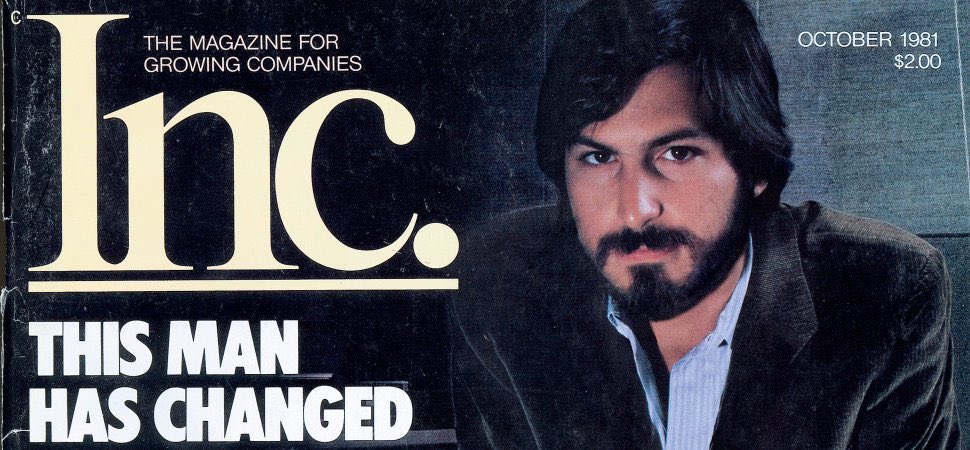1/ Casey Newton's interview with Sarah Jeong puts the focus on the economics of the *writers*. Too often people talk and write about whether the publication has a business model. What are the economics for the people who do the writing? How do they thrive? onezero.medium.com/casey-newton-o…
2/ Casey Newton: "What we don’t know is if you’re a writer with a following, can you use that to build a sustainable career in journalism?" That includes working for the NYT but also building a business around a platform like Substack or like rolling your own (Stratechery).
3/ Casey: "If you can find 10,000 people to pay you $100 a year, you’re making $1M a year. I’m not going to get to 10,000 subscribers anytime soon, but if I can I’ll be in a position where I can create media jobs." More and more journalists will adopt Casey's approach over time.
4/ Adopting a newsletter model is successful if a writer can discover a community that finds the writing to make their activities more productive/ profitable or an area of intense interest. Finding 10,000+ people who will pay regularly means continuously delivering high value.
5/ The analogy here is to trying to make a reasonable living writing books. This is far harder than people imagine. The people who read this tweet aren't representative of the mass market. Few people buy books and even less people read them. For details google.com/amp/s/25iq.com…
6/ I solved the writing business model problem for myself by going "free for real" instead of "freemium." My income from books goes to charity. My 300 blog posts ( > 1M words) have zero advertising and are free for real. But I've always had another job for support and ideas.
7/ For writers who can discover enough product/market fit for their newsletter to support them financially, what they gain also is job security. Yes, a newsletter is like a startup and must discover product/market fit which isn't permanent (it can be lost).thewrap.com/variety-hollyw…
8/ Yes, there is a TAM limit. US spending on reading declined by 1.8% in 2018. $108 "all in" on reading of all kinds on average, which is pathetic and reality at the same time. The writer must discover a small but passionate community willing to pay. bls.gov/opub/reports/c… 

9/ My hope is that journalists like Casey generate enough revenue and job security inside the paywall that they are able to take more content outside the paywall where a win-win can happen: the free content fills the top of the newsletter sales funnel and non-payers benefit too.
10/ Part of what I wrote about here was that what Casey and Ben write can be a public good (non-rival and non-excludable). Markets may not produce enough content to create an informed electorate and productive economy if great content doesn't get produced. 25iq.com/2017/11/18/bus…
11/ “If a competitor can offer a service like yours for free, and they can make enough money to keep the lights on, then you have a problem.” Digital offerings have very strange economics in that they can have close to zero marginal cost...." Bill Gurley 25iq.com/2017/04/07/a-d…
12/ There will be more paid newsletters and some will find product/market fit and some won't. They are a great addition to the mix and an income and job security godsend for the writers who can make it work. As with most content there will be a "success" power law distribution.
13/ This tweetstorm was free as in free beer. You probably need to pay to read this: nytimes.com/2020/09/23/bus… "Writers could make $100,000 a year if they bring in “a couple thousand people” who spend $5 a month on a subscription. 'It’s not easy, but it’s more doable than ever.'”
14/ "Sweat equity freemium" (some content is outside the paywall) is the cash-conserving customer acquisition tool of choice.
NYT: "Substack's competitors include open-source Ghost, TinyLetter and Lede, which combines WordPress, a design agency and the payments service."
NYT: "Substack's competitors include open-source Ghost, TinyLetter and Lede, which combines WordPress, a design agency and the payments service."
15/ Casey looks at this below and asks: "creating a newsletter is worth a swing of the bat."
There were ~88k newsroom employees – reporters, editors, photographers and videographers – in newspapers. radio, broadcast TV, cable and other services in 2019. pewresearch.org/fact-tank/2020…
There were ~88k newsroom employees – reporters, editors, photographers and videographers – in newspapers. radio, broadcast TV, cable and other services in 2019. pewresearch.org/fact-tank/2020…

• • •
Missing some Tweet in this thread? You can try to
force a refresh











